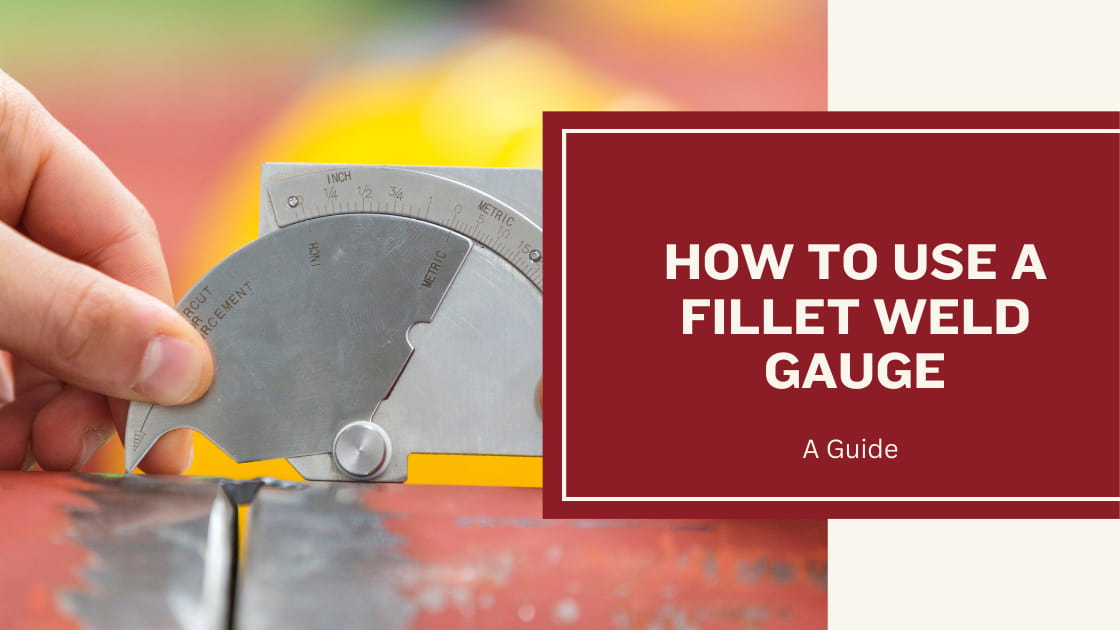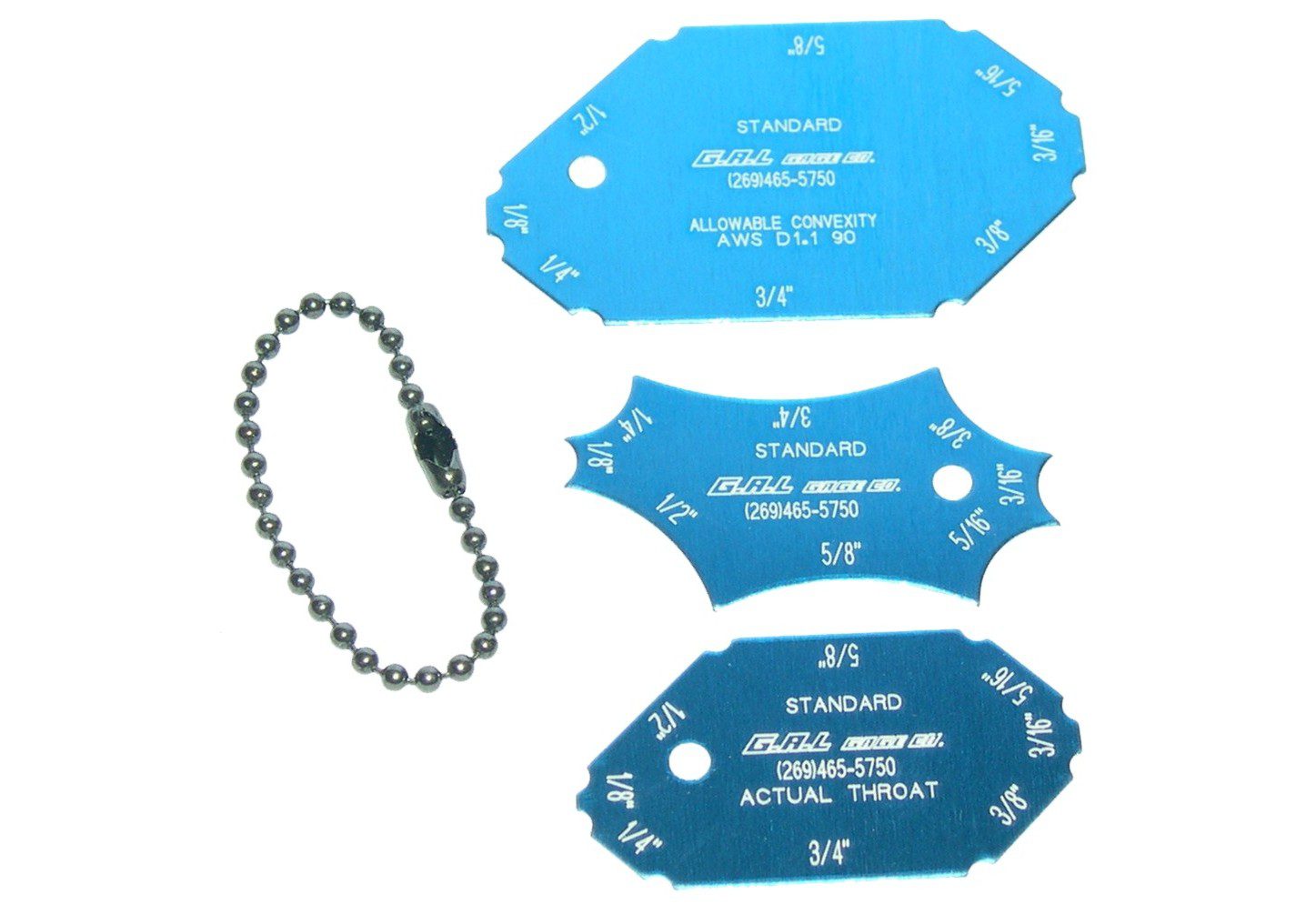Gauge Fillet Weld Explained: From Essentials to Advanced Techniques
Gauge Fillet Weld Explained: From Essentials to Advanced Techniques
Blog Article
Fillet Weld Design Strategies: Optimizing Joint Performance and Visual Appeal for Structural Stability
In the realm of structural engineering and fabrication, the value of fillet weld layout techniques can not be overstated. By meticulously taking into consideration aspects such as weld account optimization, product choice, joint preparation methods, welding procedure efficiency, and aesthetic improvement methods, engineers and makers can accomplish an unified equilibrium in between functionality and look in their bonded structures.
Weld Account Optimization


Achieving an optimum weld account entails a thorough consideration of aspects such as product thickness, joint setup, welding setting, and desired welding speed. In addition, the option of suitable welding criteria, such as voltage, existing, and take a trip speed, is basic in regulating the shape and dimensions of the fillet weld. Making use of sophisticated welding strategies, such as pulse welding or robot welding, can even more refine the weld account to meet details design requirements and top quality requirements.
Essentially, weld profile optimization is a basic element of fillet weld design that directly influences the overall efficiency and dependability of bonded joints in architectural applications.
Product Option Considerations
When taking into consideration product choice for fillet weld design, the compatibility of the base steels is a critical aspect affecting the architectural honesty of the joint. It is important to pick products that not only bonded with each other properly however likewise possess similar mechanical buildings to make certain the lots is uniformly distributed in between the weld and the base steels. Welding products with vastly different buildings can cause issues such as tension concentrations, early joint failing, or fracturing.
Furthermore, the setting in which the bonded structure will run must be taken right into account when choosing products. Aspects like deterioration resistance, temperature level fluctuations, and direct exposure to chemicals can all influence the longevity and performance of the weld joint. By choosing materials that are suitable for the desired application and atmosphere, the total durability and dependability of the bonded joint can be considerably improved.
For that reason, thorough consideration of material compatibility and ecological aspects is vital in guaranteeing the weld joint's stamina, resilience, and overall structural honesty.

Joint Preparation Strategies
Taking into consideration the crucial duty product selection plays in ensuring the architectural honesty of fillet weld joints, it is vital to execute exact joint prep work techniques that optimize the link between the base metals. Joint prep work is an essential step that straight affects the quality and strength of the weld. One basic technique is the cleansing of base steels to get rid of any type of contaminants like corrosion, oil, or paint that might jeopardize the weld's integrity. This can be accomplished via methods such as grinding, wire cleaning, or chemical cleaning.
Moreover, appropriate fit-up of the joint is vital to make certain uniform distribution of the welding material and stop see here now defects like incomplete infiltration or extreme build-up. Beveling the edges of the base metals can produce a groove that enables much deeper weld penetration and a more powerful bond. Additionally, tack welding the parts in location before the last weld helps maintain alignment and reduces distortion during the welding process. By diligently complying with these joint prep work strategies, welders can enhance the total performance and visual appeals of fillet weld joints while guaranteeing architectural sturdiness.
Welding Process Efficiency
Reliable welding procedures are necessary for achieving optimal productivity and high quality in fillet weld manufacture. Procedures like gas metal arc welding (GMAW) and flux-cored arc welding (FCAW) are commonly used for fillet welds due to their flexibility and rate.
Routine calibration see this page of welding devices, examination of consumables, and upkeep of welding torches can avoid downtime and rework, ultimately conserving time and sources. Trained welders are extra adept at readjusting criteria, fixing problems, and preserving constant weld quality.
Aesthetic Improvement Methods
To maximize the high quality of fillet weld manufacture, executing aesthetic enhancement methods can play a critical function in making sure accuracy and accuracy during the welding process. Aesthetic enhancement approaches incorporate different strategies aimed at enhancing the appearance and top quality of fillet welds. One usual technique is making use of back removing systems to eliminate oxidation on the backside of the weld, causing a cleaner, more visually pleasing finish. In addition, utilizing proper illumination plans in the welding area can improve presence, enabling welders to monitor the weld swimming pool and make sure consistent grain formation. Aesthetic help such as weld size gauges and amplifying lenses can help in examining weld profiles and measurements accurately. The use of contrasting marking products or momentary adding can assist in aligning and placing the workpieces specifically prior to welding. By integrating these aesthetic enhancement techniques right into the check these guys out welding procedure, welders can achieve not just structurally audio fillet welds but additionally aesthetically enticing results that satisfy industry requirements.

Verdict
In final thought, enhancing fillet weld layout entails mindful factor to consider of weld account, material choice, joint preparation, welding process performance, and visual improvement approaches. By implementing these approaches, structural integrity can be improved while additionally accomplishing aesthetic charm. It is very important to prioritize both efficiency and visual appeals in fillet weld style to ensure the general high quality and durability of the joint.
By meticulously thinking about factors such as weld account optimization, material selection, joint prep work strategies, welding process efficiency, and aesthetic improvement producers, designers and approaches can accomplish a harmonious balance between capability and appearance in their welded frameworks.In the world of fillet weld style, optimizing the weld account plays a critical duty in ensuring structural honesty and efficiency. The weld account, which consists of the size and shape of the weld cross-section, directly affects the circulation of stress and load-bearing capability within the joint. It is crucial to select products that not just weld with each other effectively yet likewise possess similar mechanical residential properties to make sure the lots is equally distributed in between the base and the weld steels - Gauge Fillet Weld.In final thought, optimizing fillet weld style involves mindful consideration of weld profile, material option, joint preparation, welding process effectiveness, and aesthetic enhancement techniques
Report this page